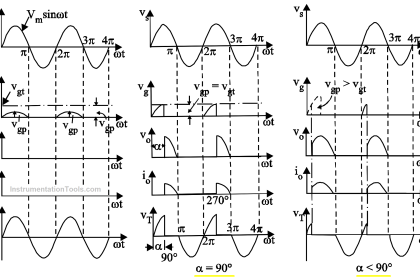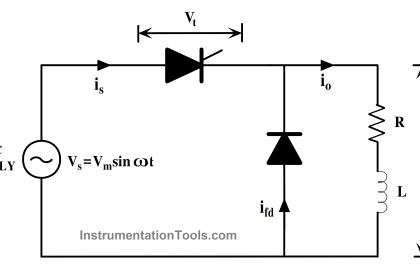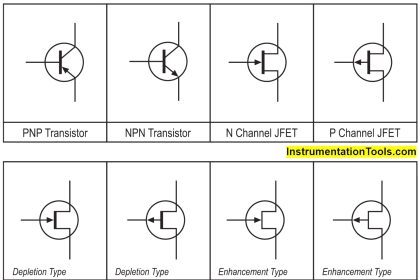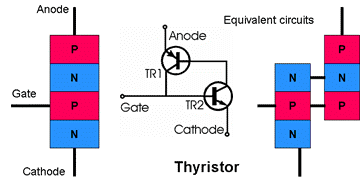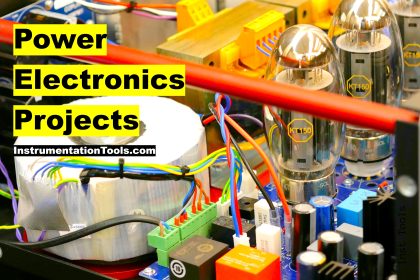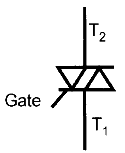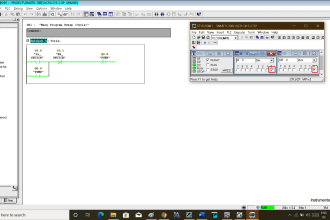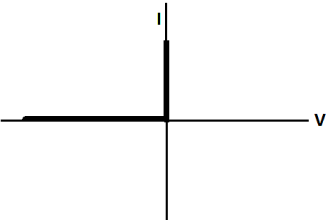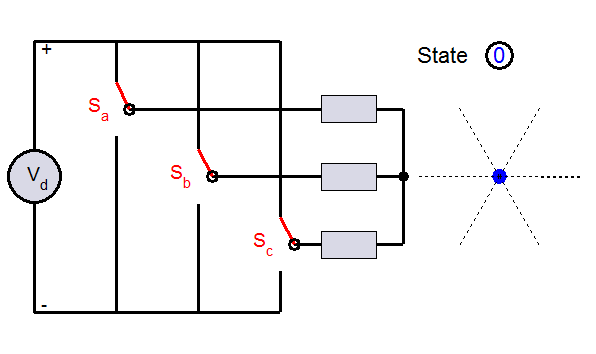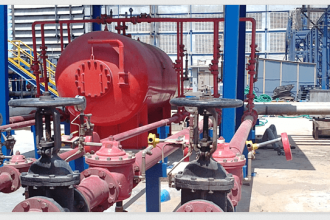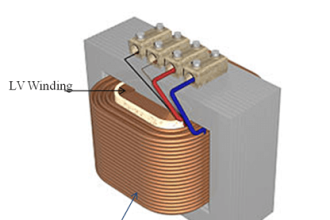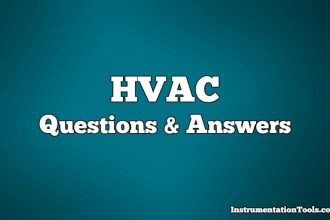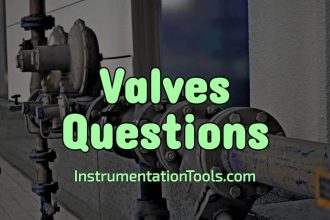In this article, you will learn What is Power Electronics? evolution, block diagram, basic components, advantages, disadvantages, comparison, and applications.
What is Power Electronics and Why it is required?
The electrical circuit that changes a source (AC or DC) from one form to another (AC or DC) and vice versa, either constant or variable, employing an appropriate high voltage/current handling semiconductor device. The field of work is known as power electronics.
Low-power semiconductors are not capable of handling high voltage/current in most high-power controlling fields such as generation, transmission, distribution, and motor drives.
As a result, semiconductor devices (switching devices) capable of handling the aforementioned high-power electronic devices are manufactured. It is a field that combines Power (electric power), Electronics, and Control systems.
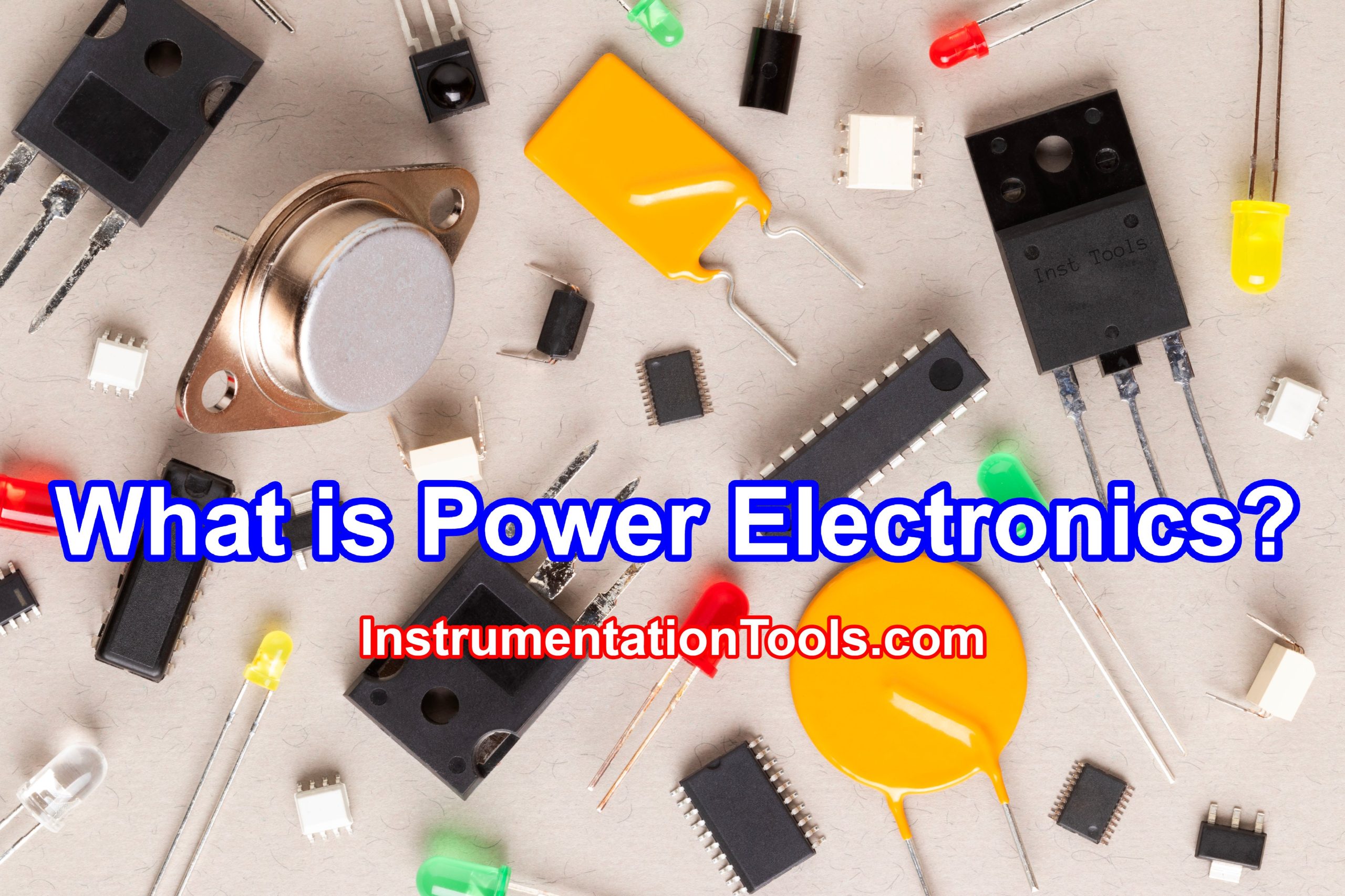
Evolution of Power Electronics
The Mercury Arc Rectifier was the first power electronic device invented in 1900 and was used in power control applications devices including metal tank rectifiers, grid-controlled vacuum tube rectifiers, Ignitron, Phanotron, Thyratron, and Magnetic amplifiers until 1950.
In 1956, the first SCR (silicon-controlled rectifier) or Thyristor was designed and developed, and the second electronic revolution began in 1958 with the creation of the commercial-grade Thyristor by General Electric Company (GE).
Following that, several types of power semiconductor devices and power conversion methods were introduced. The power electronics revolution has enabled us to transform forms and control massive quantities of electricity.
Basic Components of Power Electronics
The major components of a power electronic system are shown in the form of a block diagram. The primary power source might be an alternating current (AC) or direct current (DC) supply system. The output of the power electronic circuit might be changeable dc or alternating current voltage, or it can be variable voltage and frequency.
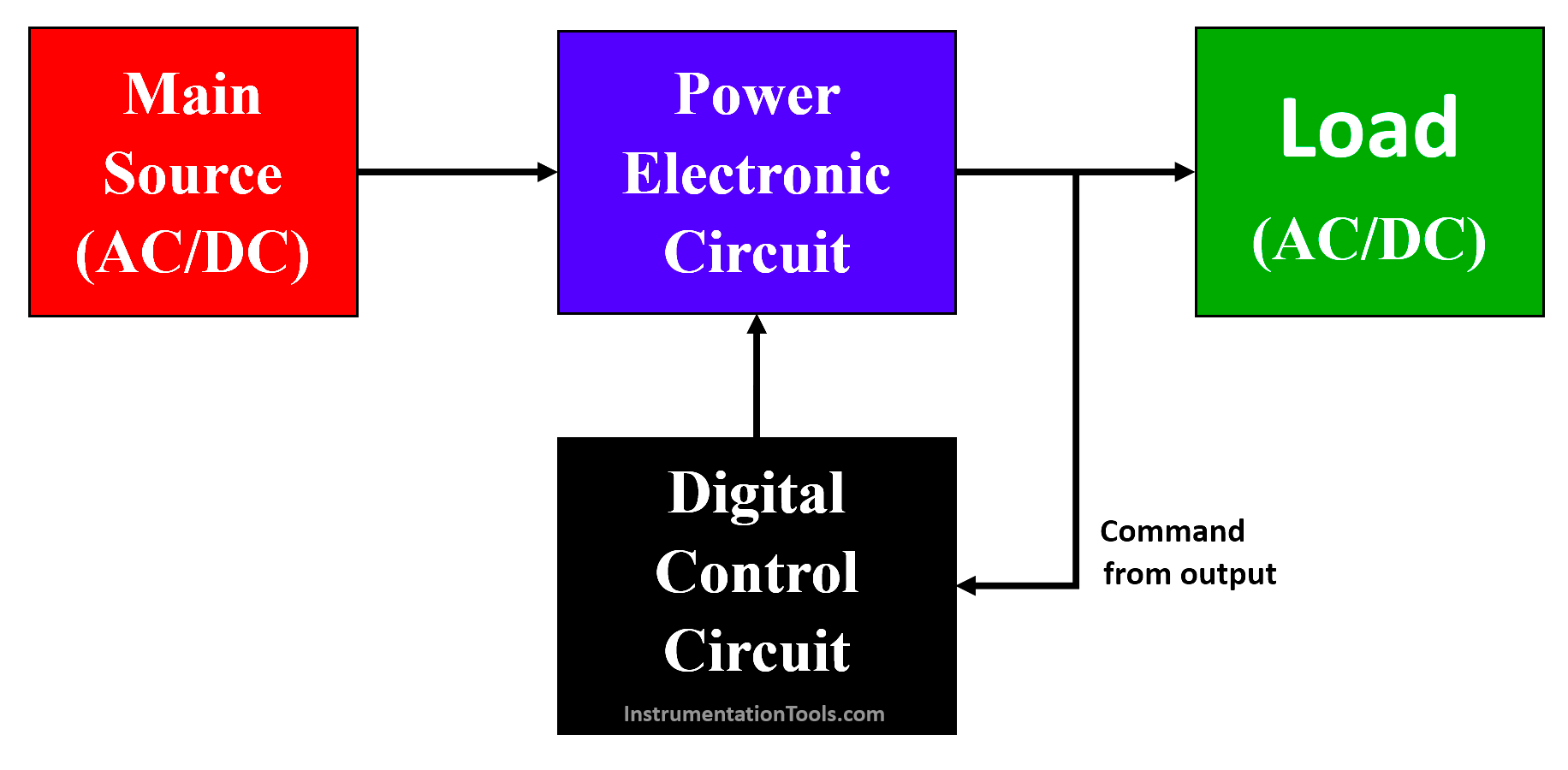
Fig 1.1 General Block Diagram of Power Electronic Circuit
In general, the output of a power electronic converter circuit is determined by the load needs. If the load is a dc motor, for example, the converter output must be adjustable direct voltage. If the load is a three-phase induction motor, the converter’s output terminals may have adjustable voltage and frequency.
The feedback component (Fig. 1.1) measures a load parameter, such as speed in the case of a rotating machine, and compares it to the command. The difference between the two regulates the instant of turn-on of semiconductor devices in the solid-state power converter system via digital circuit components. With the modification, the behavior of the load circuit may be regulated as required across a large range.
Advantages of Power Electronics
- High Efficiency: The power electronic circuits use semiconductor switches instead of conventional switches. Therefore, the power losses are very low.
- High Reliable: Since Power electronic circuits use semiconductor switches so there is no moving part, Capable of handling high voltage/current so the deterioration rate is low. Therefore, the component has a high reliable rate.
- Fast dynamic response: The semiconductor material responds immediately to the input of voltage/current rather than electro-mechanical or mechanical switches. Therefore, the power electronic circuit has a high and fast dynamic response
- Small size and less weight: Similarly, the size and weight of the Semiconductor switches are much smaller than mechanical switches. Obviously, the weight is also lesser
- Less or No maintenance: Again, there is no movable part the device does not require any maintenance from purchase to damage.
- Cost: Compare to conventional switches for high voltage /current power electronic switches are cheaper
Disadvantages of Power Electronics
- Harmonics: Harmonics is the evil effect injected on both sides of the electronic circuits. The semiconductor switches alter the source voltage according to the requirement of the load voltage harmonics generated. Harmonics on the load side can lead to various concerns, including excessive heating, heightened acoustic noise, torsional vibration of the motor shaft, and commutation troubles in DC motors, among others. Whereas the supply side causes radio interference with communication lines, audio and video equipment, and other devices. Therefore, filter circuits are required to eliminate the harmonics
- Commutation problems: Conventional switches don’t have any storing elements; whereas semiconductor switches are difficult to turn off from on to off due to the storage capacity of the device especially in power electronics devices due to the drift region
- Low Power Factor: Few Converters operate on a low power factor; this leads to high power loss on the load side. Reactive compensation techniques on the load side or triggering circuit compensation power factor
- Low Overload Capacity: High dv/dt leads to false triggering and Excess current creates hot spots at junctions and device burning, therefore a power electronic device, along with it, requires necessary protective mechanisms such as a snubber circuit, etc.
- More acoustical noise: During working the electrons in the power electronics circuits move very fast during conversion, due to this reason the device produces more noise.
Comparison between Low Voltage Electronics and Power Electronics
| S. No | Comparative Element | Low Voltage Electronics | Power Electronics |
| 1 | Voltage and Current level | The size and layer are smaller, therefore power loss is also lesser. | Compare to low-power devices the layer size and electron mobility are higher. Moreover, the drift region causes higher loss compared to low-power devices |
| 2 | Power Loss | Commutation not required for low-power electronic device | Compare to low-power devices the layer size and electron mobility are higher. Moreover, the drift region causes higher loss compared to low power devices |
| 3 | Protection Circuit | Protection Circuit is not required due to the absent of lesser capacitive action. | Protection circuit require for the Semiconductor devices ex snubber circuit |
| 4 | Commutation Circuit | Commutation circuits are required for most the power electronics devices | Power Diodes, Power Transistors, SCR, Triac, MOSFET, IGBT, etc |
| 5 | Noise | The noise and distortion levels are really high. | Low noise and distortion are characteristics of power electronics. |
| 6 | Applications | Rectifiers, Amplifiers, Encoders, Transmitter, Receiver, etc | Controlled rectifier, Inverter, Voltage Controller, frequency controller, etc |
| 7 | Devices | Diodes, transistors, FET, Triac | Power Diodes, Power Transistors, SCR, Triac, MOSFET, IGBT etc |
Applications of Power Electronics
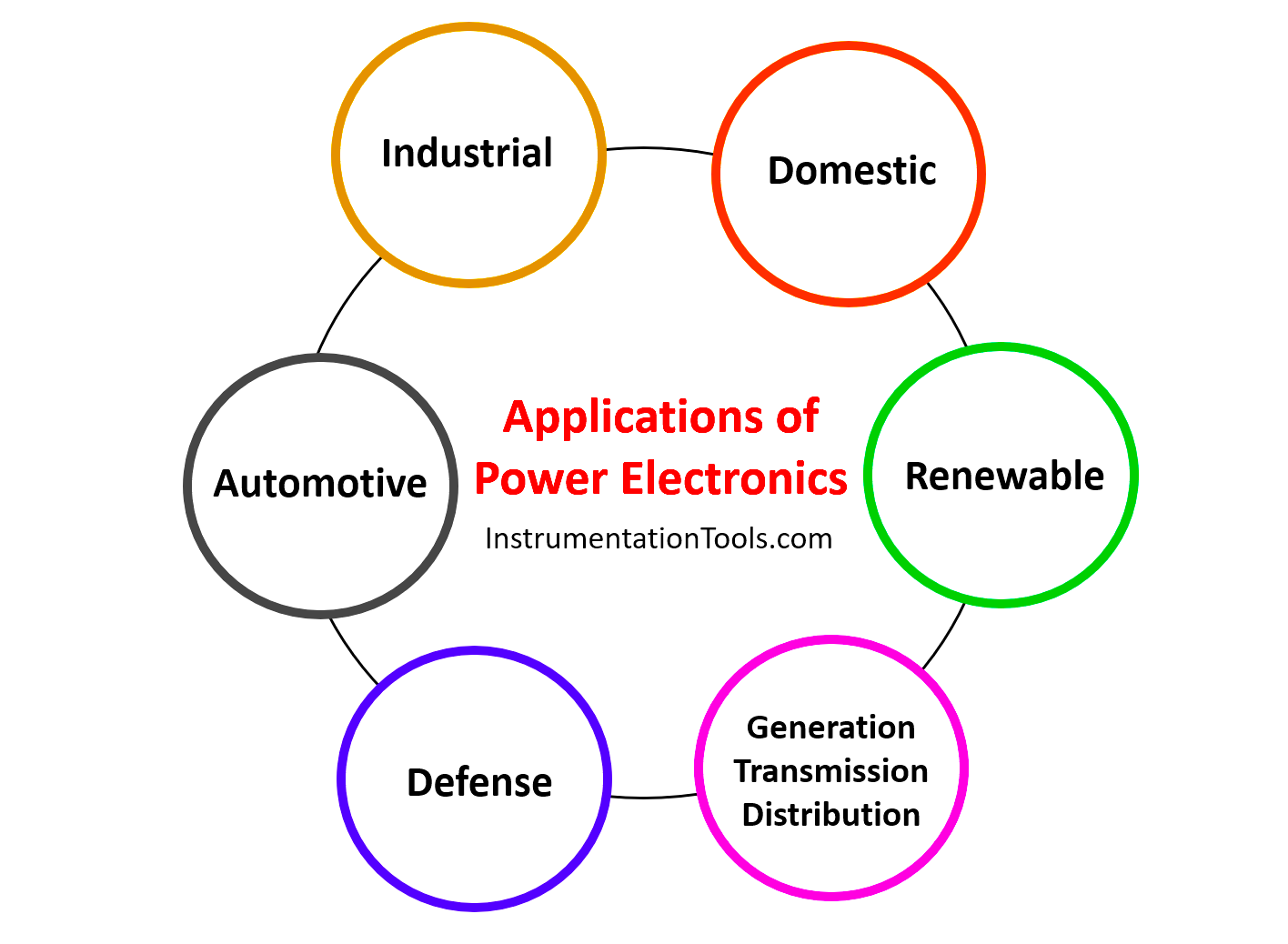
| S. No | Category | InverterPower ControllerBackup supply storage control |
| 1 | Domestic | Vacuum CleanerFanRefrigeratorComputerAir ConditionerUPSInverterAir Purifier |
| 2 | Industry | Inverter Elevator Pumps Rolling mills Grinding Crushing Induced draft fans and boiler feedwater pump Induction heating |
| 3 | Automotive | Electric locomotives Battery chargers for electric vehicles Traction control of electric vehicles hybrid electric vehicle |
| 4 | Defense | InverterPower ControllerBackup supplyStorage control |
| 5 | Renewable | Supplemental energy sources (wind, photo voltaic), fuel cells Renewable energy converter |
| 6 | Generation, Transmission & Distribution | HVDC Smart Grids Facts |
| 7 | Satellite | Aerospace Space shuttle power supply systems Satellite power systems Aircraft power systems |
If you liked this article, then please subscribe to our YouTube Channel for Instrumentation, Electrical, PLC, and SCADA video tutorials.
You can also follow us on Facebook and Twitter to receive daily updates.
Read Next:
- Thyristor Interview Questions
- SCR Switching Characteristics
- Types of Power Electronic Devices
- Power Diode Characteristics
- Power Transistor Structure & Biasing
